Invented by Yasmina Noubia Abdiche, Helen Kim Cho, Wei-Hsien Ho, Karin Ute JOOSS, Arvind Rajpal, Sawsan Youssef, Rinat Neuroscience Corp
In recent years, the field of cancer immunotherapy has witnessed significant advancements, revolutionizing the way we treat various types of cancer. Among the most promising developments is the emergence of immune checkpoint inhibitors, particularly anti-PD-1 antibodies. These antibodies have shown remarkable efficacy in treating a range of malignancies, leading to a rapidly growing market for these innovative therapies.
PD-1, or programmed cell death protein 1, is a receptor found on the surface of immune cells called T cells. Its primary function is to regulate the immune response by preventing excessive activation of T cells and maintaining immune homeostasis. However, cancer cells exploit this mechanism by expressing a ligand called PD-L1, which binds to PD-1 and effectively inhibits the immune system’s ability to recognize and attack cancer cells.
Anti-PD-1 antibodies work by blocking the interaction between PD-1 and PD-L1, thereby reactivating the immune response against cancer cells. These antibodies have demonstrated remarkable success in clinical trials, resulting in durable responses and improved survival rates for patients with various types of cancer, including melanoma, lung cancer, renal cell carcinoma, and Hodgkin’s lymphoma.
The market for anti-PD-1 antibodies has experienced exponential growth since the approval of the first antibody, pembrolizumab (Keytruda), by the U.S. Food and Drug Administration (FDA) in 2014. Keytruda quickly became a blockbuster drug, generating billions of dollars in revenue for its manufacturer, Merck & Co. Subsequently, several other anti-PD-1 antibodies, such as nivolumab (Opdivo) and cemiplimab (Libtayo), have also gained FDA approval, further expanding the market.
The global market for anti-PD-1 antibodies is projected to reach staggering heights in the coming years. Factors driving this growth include the increasing incidence of cancer worldwide, the growing awareness of immunotherapy’s potential, and the expanding range of indications for anti-PD-1 antibodies. Additionally, ongoing research and development efforts aim to identify new biomarkers and combination therapies that can enhance the efficacy of these antibodies, further fueling market expansion.
Despite their remarkable success, anti-PD-1 antibodies are not without limitations. Only a subset of patients responds to these therapies, and resistance can develop over time. Researchers are actively investigating predictive biomarkers to identify patients who are most likely to benefit from anti-PD-1 treatment. Additionally, combination therapies, such as anti-PD-1 antibodies in conjunction with other immune checkpoint inhibitors or traditional cancer treatments, are being explored to overcome resistance and improve response rates.
The market for anti-PD-1 antibodies is highly competitive, with several pharmaceutical companies vying for a share of this lucrative market. Key players in this space include Merck & Co., Bristol Myers Squibb, and Regeneron Pharmaceuticals. These companies are investing heavily in research and development to expand their product portfolios and gain a competitive edge.
In conclusion, the market for anti-PD-1 antibodies is witnessing rapid growth due to their remarkable efficacy in treating various types of cancer. These antibodies have revolutionized cancer immunotherapy, offering new hope to patients who previously had limited treatment options. As research continues to uncover new insights and combination therapies, the market for anti-PD-1 antibodies is expected to expand further, ultimately benefiting cancer patients worldwide.
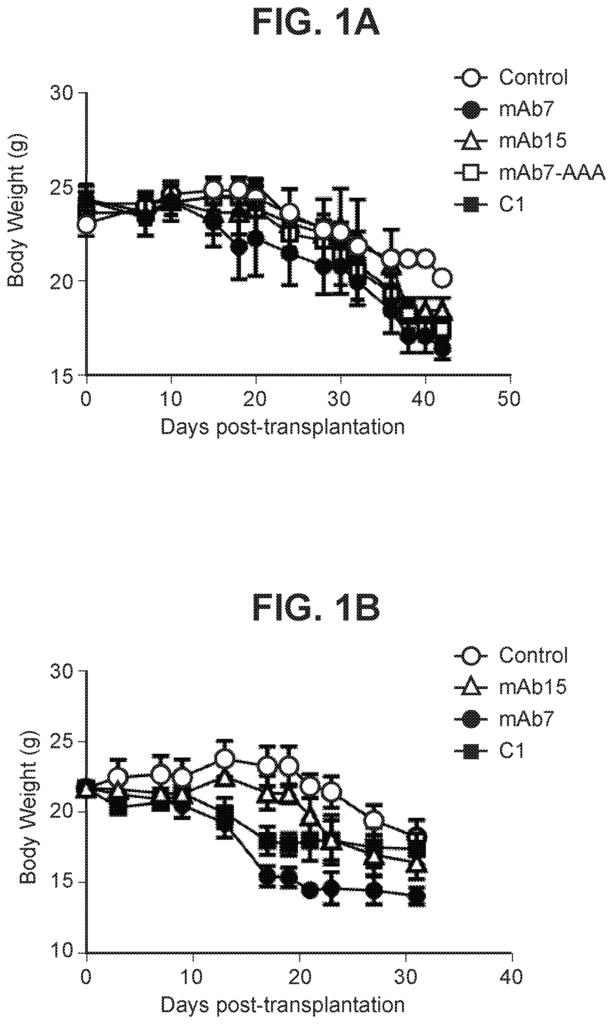
The Rinat Neuroscience Corp invention works as follows
The present invention is a set of antagonizing anti-bodies that bind programmed cell death 1 (PD-1), and methods for using them. Anti-PD-1 antibodies may be used alone or in conjunction with other therapeutics for treating cancer and other diseases.
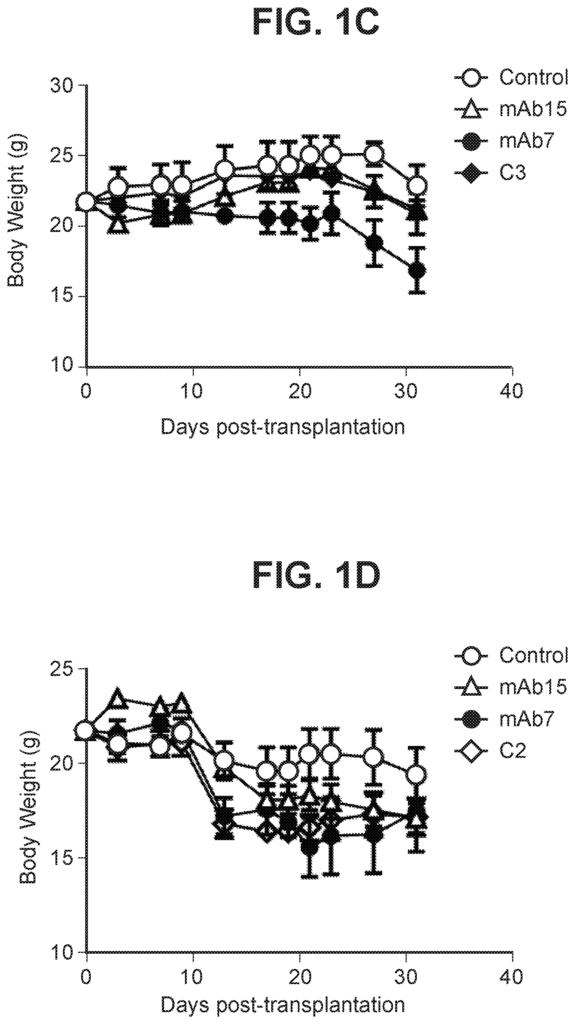
Background for Anti-PD-1 antibodies, and their use.
PD-1 is a transmembrane type I receptor of 50-55 kDa that was initially identified in a T-cell line undergoing activation induced apoptosis. PD-1 can be found on macrophages, T cells and B cells. “The B7 family members PDL1 (B7H1) and PDL2 (B7DC) are ligands of PD-1.
The PD-1 cytoplasmic domain contains two tyrosines, with the most membrane-proximal tyrosine (VAYEEL in mouse PD-11) located within an ITIM (immuno-receptor based inhibitory motif containing a tyrosine). The PD-1 cytoplasmic region contains two tyrosines. The most membrane-proximal tyrosine, VAYEEL (in mouse PD-1), is located within an ITIM. ITIMs on PD-1 indicate that the molecule is able to inhibit antigen receptor signaling through recruitment of cytoplasmic phosphatases. The amino acid sequences of human and murine PD-1 are similar by about 60%, with the exception of four N-glycosylation residues and four N-glycosylation site conservation. “The ITIM motif in the cytoplasmic area and the ITIM-like motifs surrounding the carboxyterminal tyrosine of the murine orthologue are also conserved.
Cancer immunotherapy traditionally involves complicated methods that use cells and individual and time-consuming preparations. Recent clinical trials have shown that monoclonal antibodies-based cancer immunotherapy, based on the interruptions of suppressive messages delivered to the adaptive immunity system by the immune system, has great promise. “There is still a need to develop safer and more effective cancer treatments.
Antibodies selectively interacting with PD-1″ are available. Certain anti-PD-1 antibody are shown to be effective in vivo for the prevention and/or treatment of cancer. The anti-PD-1 antibody provided herein binds human, cynomolgous monk, and mouse PD-1. The anti-PD-1 antibody provided herein is also effective in vivo for stimulating T cell proliferation.
Herein are isolated antagonist antibodies that bind specifically to PD-1, and reduce or prevent the biological effects of PD-1. In certain embodiments, an antagonist antibody may be a humanized or chimeric antigen. The invention disclosed is directed at antibodies that bind to PD-1.
The invention, in one aspect, provides an isolated anti-PD-1 antibody, which consists of a heavy chain (VH) variable region comprising a complementarity determining regions one (CDR1) of the VH, VH CDR2, VH and CDR3 (of the VH), with an amino acids sequence chosen from the group of SEQ NO:3, SEQ NO:4, SEQ NO 5 and SEQ NO 6; as well as a lightchain variable region (VL), comprising a a VL, a CDR1, CDR2, CDR1 and CDR1, CDR1, and CDR2, CDR1, and CDR2 and CDR1
In some embodiments, in the VH region the amino-acid sequence is shown as SEQ ID No: 3, 4, 5 or 6 or a variation with one to several conservative substitutions of amino acids in residues outside a CDR. The VL region may be the amino-acid sequence shown as SEQID NO: 2, 7, 8 or 9 or a derivative thereof with one to several substitutions of amino-acids within amino acids outside a CDR. In some embodiments the antibody contains a light-chain containing the sequence in SEQ NO: 39, and/or heavy-chain containing the sequence in SEQ NO: 29, or 38. In certain embodiments, an antibody contains a VH-region produced by the ATCC Accession No. PTA-121183. In certain embodiments, an antibody may contain a VL-region produced by the ATCC Accession No. PTA-121182.
The invention also provides an isolated antigen that binds specifically to PD-1. This antibody contains a CDR1 containing the amino acids shown in the SEQ NO:13, 14, or 15; a CDR2 containing the amino acids shown in the SEQ NO:16, 17, 24, 25, 28, 35, or36; a CDR3 containing the amino acids shown in the SEQ NO:18, 23, 26, or37, a CDR1 incorporating the amino acids shown in the SEQ NO:10, 30, or 32
In some embodiments the antibody may be human, humanized, or chimeric. In some embodiments the antibody is monoclonal.
In some embodiments the antibody contains a constant area. In some embodiments the antibody belongs to the subclasses of human IgG1, IIgG2, IIgG2?a IgG3, IVg4, IVg4?b and IVg4?c. In certain embodiments, an antibody of the IgG4 subclass is used. It has a hinge that is stabilized, such as S228P.
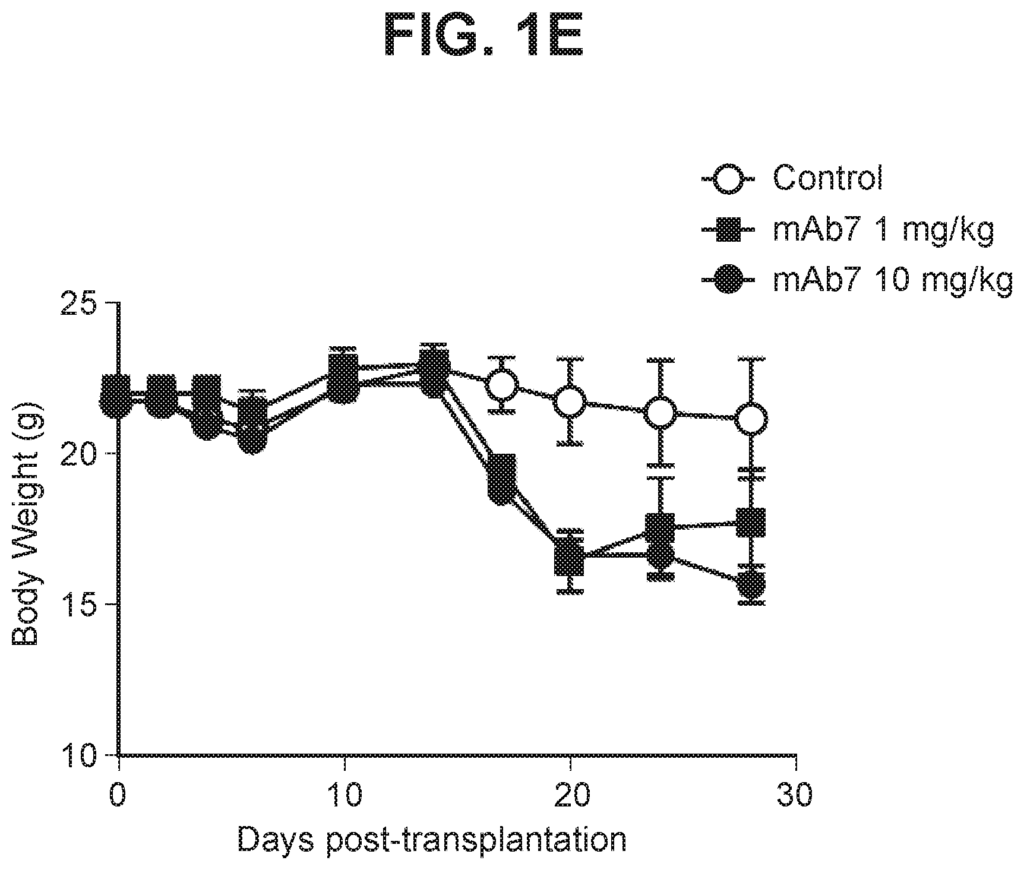
The invention also provides an isolated anti-PD-1 antibody that binds specifically to PD-1, and which competes or binds the same PD-1 peptide as the described antibodies.
In some embodiments, the anti-PD-1 antibodies provided herein may promote IFN? “In some embodiments, an anti-PD-1 antibody provided herein promotes IFN?
In some embodiments, the anti-PD-1 antibodies provided herein stimulate proliferation of T cells.
In some embodiments, the anti-PD-1 antibodies provided herein inhibit tumor growth.
In some embodiments of the anti-PD-1 antibodies provided herein, they bind both human PD-1 (human PD-1) and mouse PD-1.
In another aspect, the invention provides a pharmacological composition containing a therapeutically-effective amount of a PD-1 antigen as described herein together with a pharmaceutically accept carrier.
In another aspect, this invention provides a polynucleotide containing a nucleotide code encoding a PD-1 antigen as described in the present article. The invention also provides a polynucleotide-containing vector.
In another aspect, an isolated host-cell that recombinantly produce a PD-1 antigen as described herein is provided by the invention.
In a second aspect, the invention provides a way to produce an anti-PD-1 antibody antagonist, which includes: culturing a recombinant cell line that produces the antigen as described in this document under the conditions where the antigen is produced, and recovering the antigen.
In another aspect of the invention, the invention provides a way to produce an anti-PD-1 antibody. The method comprises: culturing a cellular line containing nucleic acids encoding an antibodies comprising a heavy chains comprising amino acid sequences shown in SEQ NO: 29 or 39 and a lighter chain comprising amino acid in SEQ NO: 39, under conditions in which the antibody is being produced; and recovering antibody.
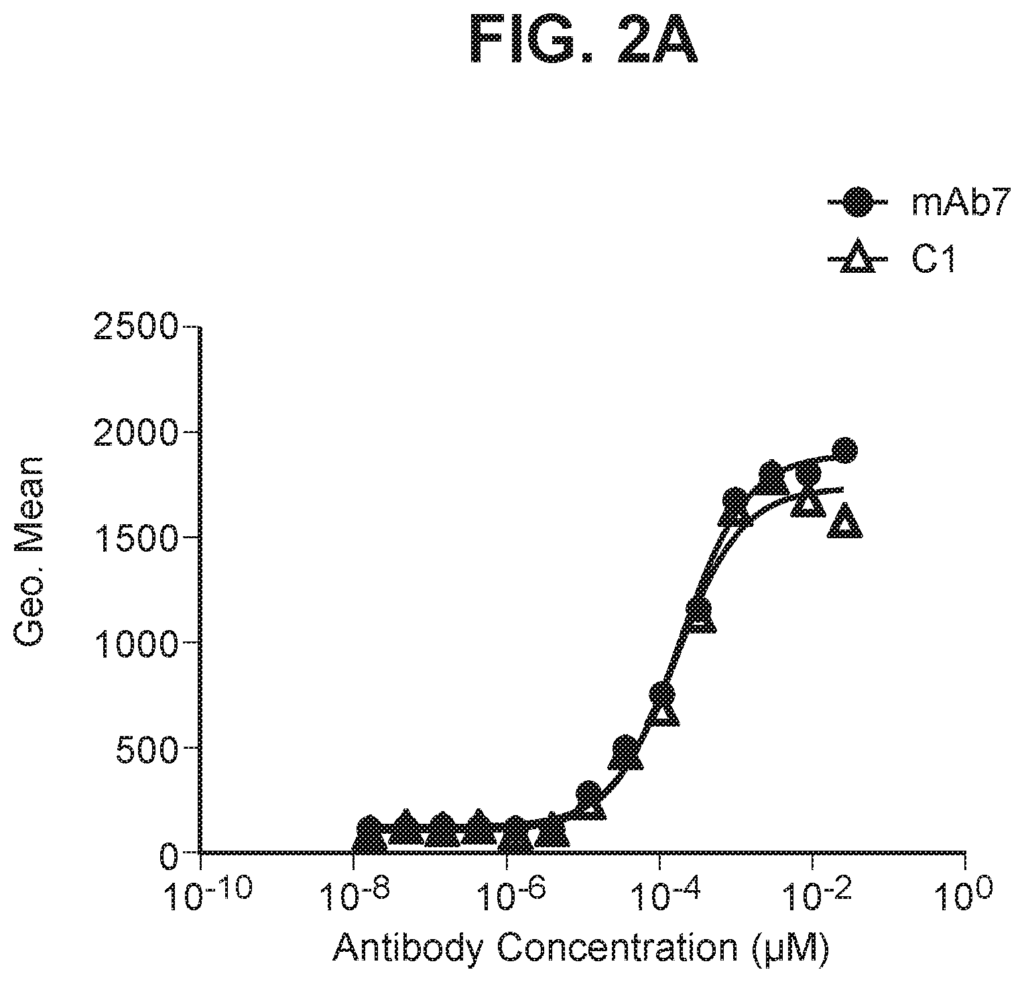
In some embodiments the heavy and lighter chains are encoded separately. In some embodiments, the heavy and light chain are encoded onto the same vector.
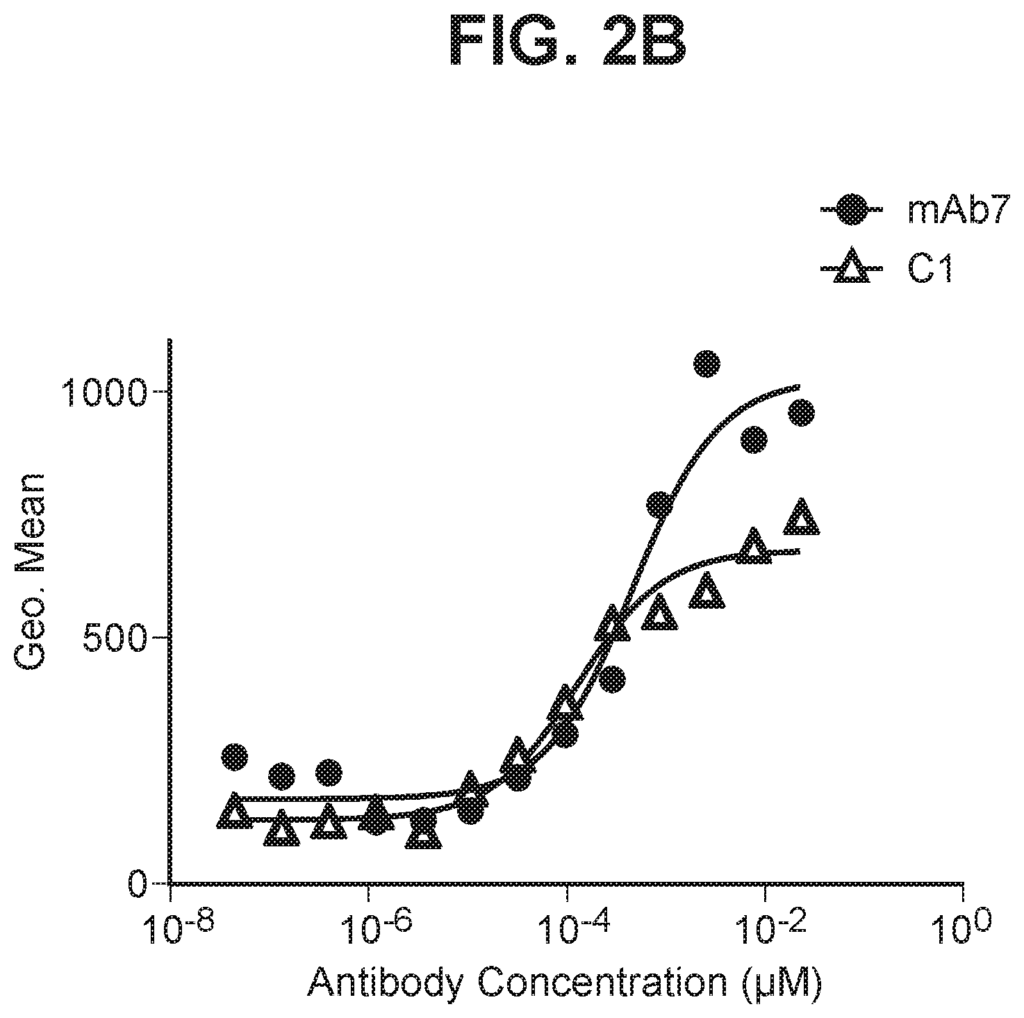
Click here to view the patent on Google Patents.
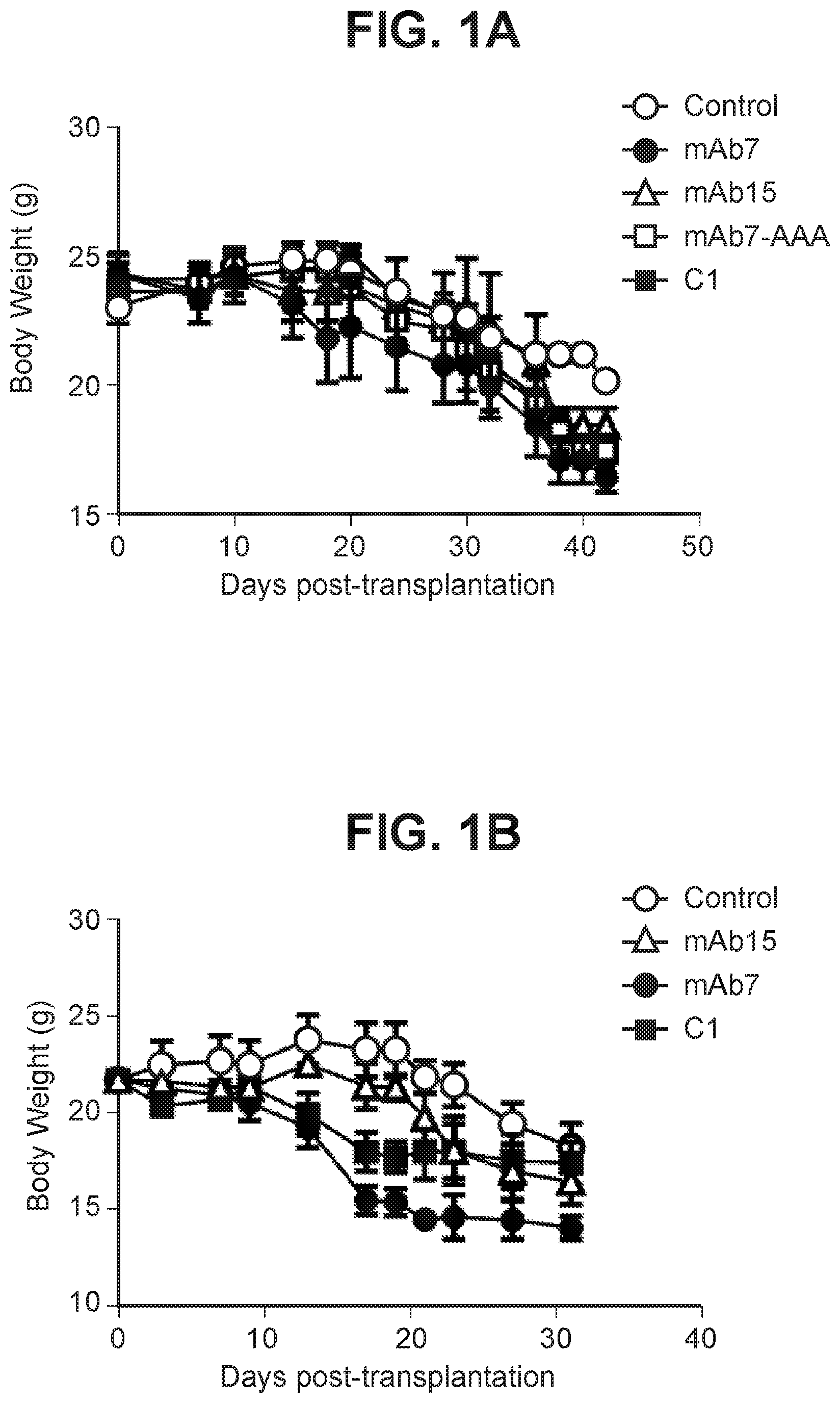
Leave a Reply